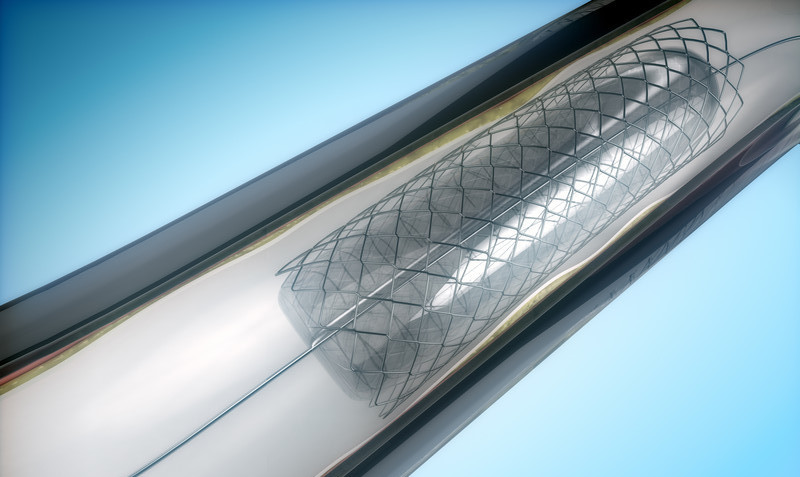Cardiac Catheterization and Antioplasty: The most advanced technology available
Cardiac Catheterization
A cardiac catheterization lab, also known as a “cardiac cath lab,” is a special facility where doctors perform minimally invasive tests and procedures to diagnose and treat cardiovascular disease. The procedures performed in a cardiac cath lab almost always involve tiny, flexible tubes, called catheters, which can be use instead of surgery, to access the heart and blood vessels. A cath lab has special imaging equipment used to see the arteries and check how well blood is flowing to and from the heart. This information helps the care team to diagnose and treat blockages and other problems in the arteries.
Coronary Angioplasty
Angioplasty and coronary stents are used to improve symptoms of coronary atherosclerosis or Coronary Artery Disease (CAD), including angina and shortness of breath. It is can also reduce damage to the heart muscle from a heart attack. A heart attack occurs when blood flow through a coronary artery is completely blocked. Angioplasty is used during a heart attack to open the blockage and restore blood flow through the artery.
Left ventriculogram. Similar to the coronary angiogram, this part of the catheterization involves the injection of the contrast medium through the catheter and into the left ventricle (one of the lower chambers of the heart). This dye allows for very clear x-rays to be taken of the left ventricle, which gives the physician information about how blood is flowing through the ventricles. Without open heart surgery we are able to:
- Open up heart blockages
- Repair aortic and mitral heart valves
- Reduce stroke with a Watchman device
- Open up blocked arteries in the legs and neck
- Save lives


